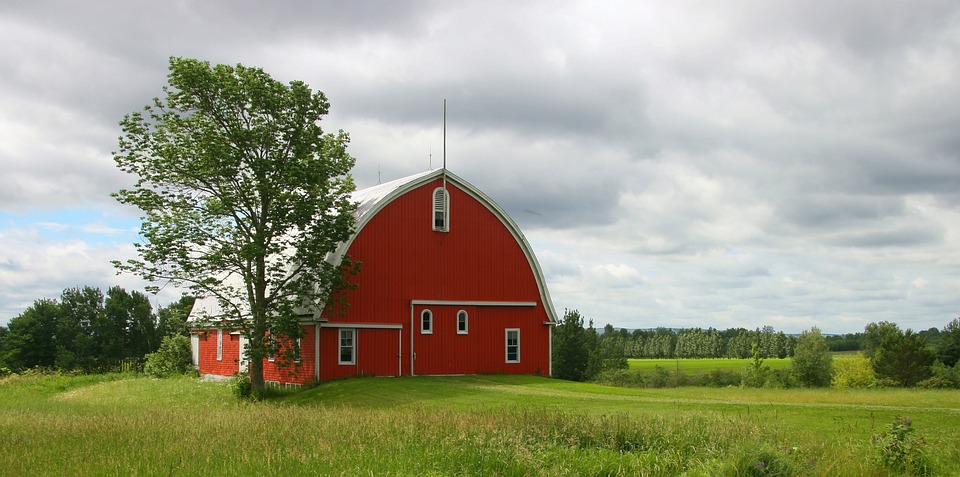Unlocking the Secrets of Regenerative Agriculture: Sustainable Techniques for the Modern Farmer
In a world where our actions significantly impact the environment, it is imperative for us to adopt sustainable practices, especially in the agricultural sector. As an individual who has experienced the joy of sustainable farming and gardening firsthand, I am thrilled to unlock the secrets of regenerative agriculture and share these sustainable techniques with the modern farmer. Join me on this exciting journey as we delve into the world of regenerative agriculture and learn how to make a positive impact on our environment while maximizing yields and creating a healthier future for our planet.
Regenerative agriculture is a holistic approach that not only focuses on sustainable farming but also aims to regenerate natural resources, improve soil health, and foster biodiversity. It goes beyond merely sustainability; it actively works towards restoring ecosystems and promoting natural balance. Through my own experiences, I have seen the profound impact regenerative agriculture can have on the land and the communities around it.
At the heart of regenerative agriculture lies soil health. Healthy soil is the foundation for successful farming, as it not only provides the necessary nutrients for plants but also has the incredible ability to capture carbon from the atmosphere. A critical technique employed in regenerative agriculture is cover cropping. By planting cover crops during fallow periods, soil erosion is prevented, while the cover crop’s roots help break up compacted soil, improving water infiltration and nutrient availability. Moreover, cover crops act as green manure, adding organic matter back into the soil. This practice not only enriches the soil but also promotes microbial activity, which aids in nutrient cycling and plant growth.
Another essential technique in regenerative agriculture is composting. As someone who loves sustainable farming and gardening, I have witnessed the transformative power of compost firsthand. Composting is a way to recycle organic waste and return valuable nutrients to the soil. By creating compost piles from kitchen scraps, yard trimmings, and other organic materials, farmers can convert waste into a nutrient-rich soil amendment. Applying compost to the fields enhances soil structure, improves water retention, and promotes a healthy and thriving microbiome. It is a natural fertilizer that reduces the dependency on synthetic chemicals, ultimately protecting the ecosystem and retaining biodiversity.
Rotational grazing, an essential principle of regenerative agriculture, is enjoyed not only by the farmer but also by the animals themselves! By allowing livestock to graze on one portion of the land while rest other sections, the flora has an opportunity to rebound. This rotational approach mimics the natural grazing patterns of wild herbivores, ensuring the land remains healthy and the animals receive optimal nutrition. Additionally, allowing ample time for pasture recovery boosts the diversity of forage species and promotes the natural regeneration of the ecosystem.
Incorporating agroforestry into your farming practices can be an awe-inspiring way to unlock the secrets of regenerative agriculture. Agroforestry involves integrating trees and, in some cases, other crops within a farming system. This technique not only diversifies the farm’s offerings but also provides numerous environmental benefits. Trees help sequester carbon, reduce erosion, and create microclimates that enhance crop yields. Additionally, they create habitat for beneficial organisms, attract pollinators, and act as windbreaks, protecting the fields from strong winds that may damage crops.
Pro Tips:
1. Start small: Implementing regenerative agriculture techniques can be overwhelming at first, so begin by incorporating one or two practices and gradually expand. This approach allows you to adapt, learn, and refine your methods while minimizing risk.
2. Seek community support: Connect with fellow sustainable farmers, gardening enthusiasts, and local organizations. Sharing knowledge, experiences, and resources will not only enhance your understanding but also foster a sense of community around regenerative agriculture.
3. Embrace experimentation: Regenerative agriculture is an evolving discipline. Be open to experimenting with different techniques and adaptations specific to your region. Innovations arise from trial and error, so do not be afraid to learn from your mistakes and adapt accordingly.
4. Educate and inspire others: Spread the word about regenerative agriculture and its benefits. Host workshops, give talks, and share your experiences through online platforms. Inspire others to join the movement and create a network of sustainable farmers committed to a greener future.
Regenerative agriculture holds the key to transforming our agriculture systems into sustainable and environmentally friendly practices. By adopting techniques like cover cropping, composting, rotational grazing, and agroforestry, modern farmers have the power to heal the land, enhance soil health, and mitigate climate change. Shedding light on these secrets of regenerative agriculture is just the beginning. It is time for us to unlock our potential and create a healthier, more sustainable future for ourselves and generations to come. So, join me on this exciting journey towards regenerative agriculture and let us sow the seeds of change together!



